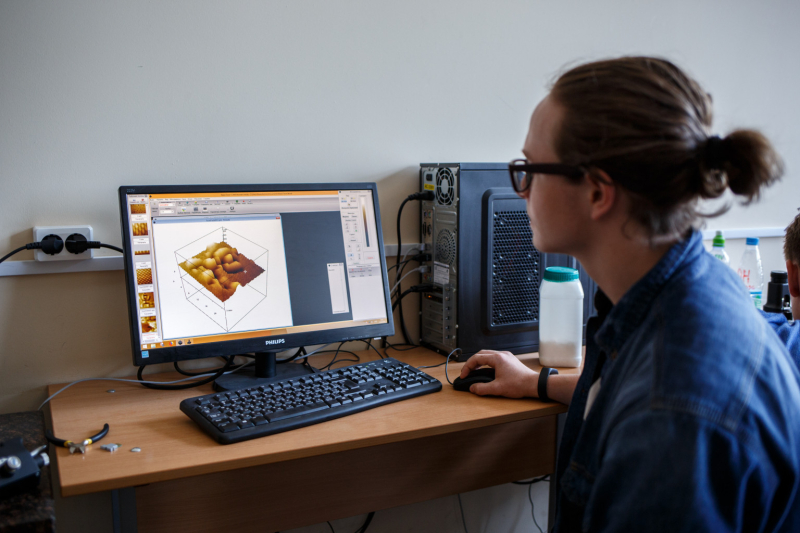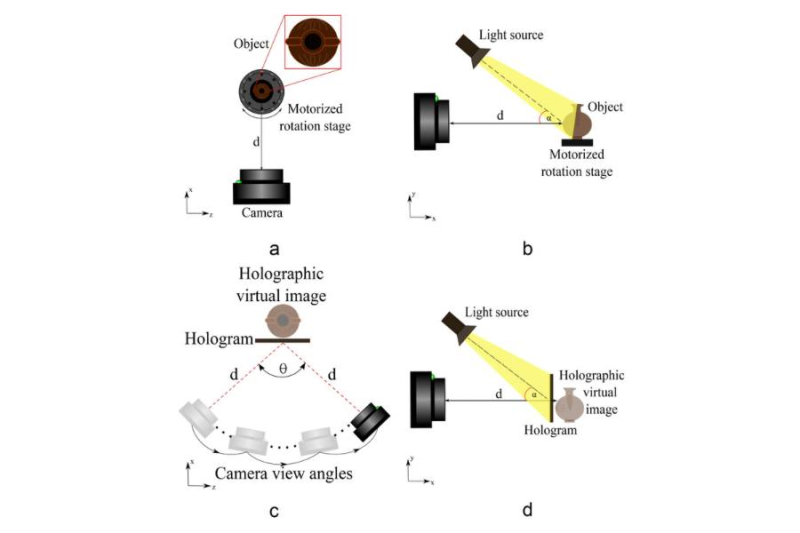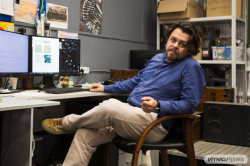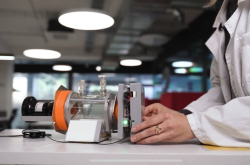Current practices
Though museums continue to exhibit real-life art pieces, recent years have shown a trend towards art digitalization. For instance, Russia is home to at least two museums that possess digital twins of their entire collections – the State Darwin Museum and the Pushkin State Museum of Fine Arts in Moscow. Digital copies are becoming cornerstones of multimedia exhibitions, virtual tours, interactive solutions, and other contemporary installations.
So far, 3D profiles of artworks have been made using photo and video capture, which, however, cannot register accurate 3D images due to their lack of information on wave phases. A camera's field of view is unable to capture the angles at which the object can be viewed, resulting in “flat” 2D images. Worse still, it would be difficult to reconstruct a digital twin of a lost object based on its photographs.
What ITMO scientists suggest
The researchers from ITMO’s Laboratory of Digital and Display Holography found a possible solution in analog holography. With this technology, specialists can record a digital hologram of an object and subsequently turn it into a 3D model. Until now, the method had been almost exclusively used to display holograms at museums and exhibitions, even though it can store detailed information on an object’s size, color, and surface texture, as well as its surroundings.
Furthermore, high-quality light-sensitive media used to record holograms have greater data capacity compared to many other digital carriers. The method can store far more data on a pixel-size frame than matrix photodetectors.
Additionally, the scientists applied the principles of photogrammetry –– a technique that makes it possible to extract 3D measurements and other information about an object from its photographs – for an ultra-realistic 3D model.
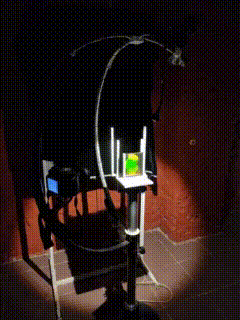
Per the method, a graphic analog hologram is placed in a suitable frame and is lit by a light source to reconstruct a holographic image. The image is recorded with a digital camera from different angles. The resulting digital photographs are processed using photogrammetric software and used to create a 3D model of the object.
Remarkably, the technique can be used to produce 3D models of an object based on its holograms even if the object no longer exists. In other words, scientists will be able to create a digital model of an exhibit from just its hologram, as it serves as an identical copy of the physical object.
The solution is, above all, rather simple and requires a minimum set of tools: a digital camera and photogrammetric software.
On top of that, the method also allows one to save information about an object into a digital format, carry out various measurements, and convert data from a variety of holograms, including reflection and transmission ones, as well as analog holographic stereograms.
As a result, the technique can serve multiple purposes, including for archaeological tasks (reflection holograms), recording of moving, living objects such as humans or animals (transmission holograms), and 3D computer models (analog stereograms), whereas traditional hologram-aided methods are only functional either with certain hologram types or under restricted conditions (holographic topometry and holographics, i.e. a combination of holography and computer graphics).
What’s next?
Since 2019, the researchers and their colleagues from St. Petersburg State Institute of Culture have made several analog holograms of archaeological items, mainly ceramic pieces. Later on, they are going to turn the obtained holograms into 3D models that could potentially help art restorers.
The scientists are currently working on holograms of a 3D-printed Australopithecus skull that could subsequently be displayed in museums.
“Our technologies are primarily relevant for archaeology, the museum industry, and teaching. Digital models of holographic images produced with our method will let specialists create exact copies of objects in the future. This will be useful, for instance, during the restoration of historical artifacts. With the technology, specialists will be able to make holograms of objects or their pieces before and after restoration and save them as 3D models. Moreover, museums can start displaying holograms of exhibits with no need to transport authentic objects,” says Ekaterina Rabosh, an author of the paper and an employee at ITMO’s Laboratory of Digital and Display Holography.
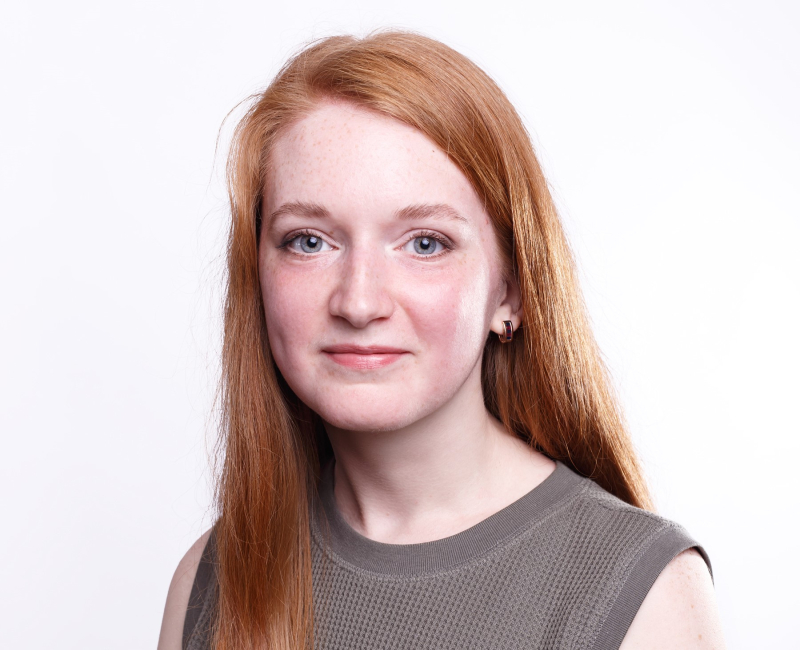
Ekaterina Rabosh. Credit: ITMO.NEWS
Reference (part 1 and part 2): Ekaterina Rabosh, Nikolay Balbekin, Anastasia Timoshenkova, Tatiana Shlykova, Nikolay Petrov (Journal of the Optical Society of America A, 2023).
